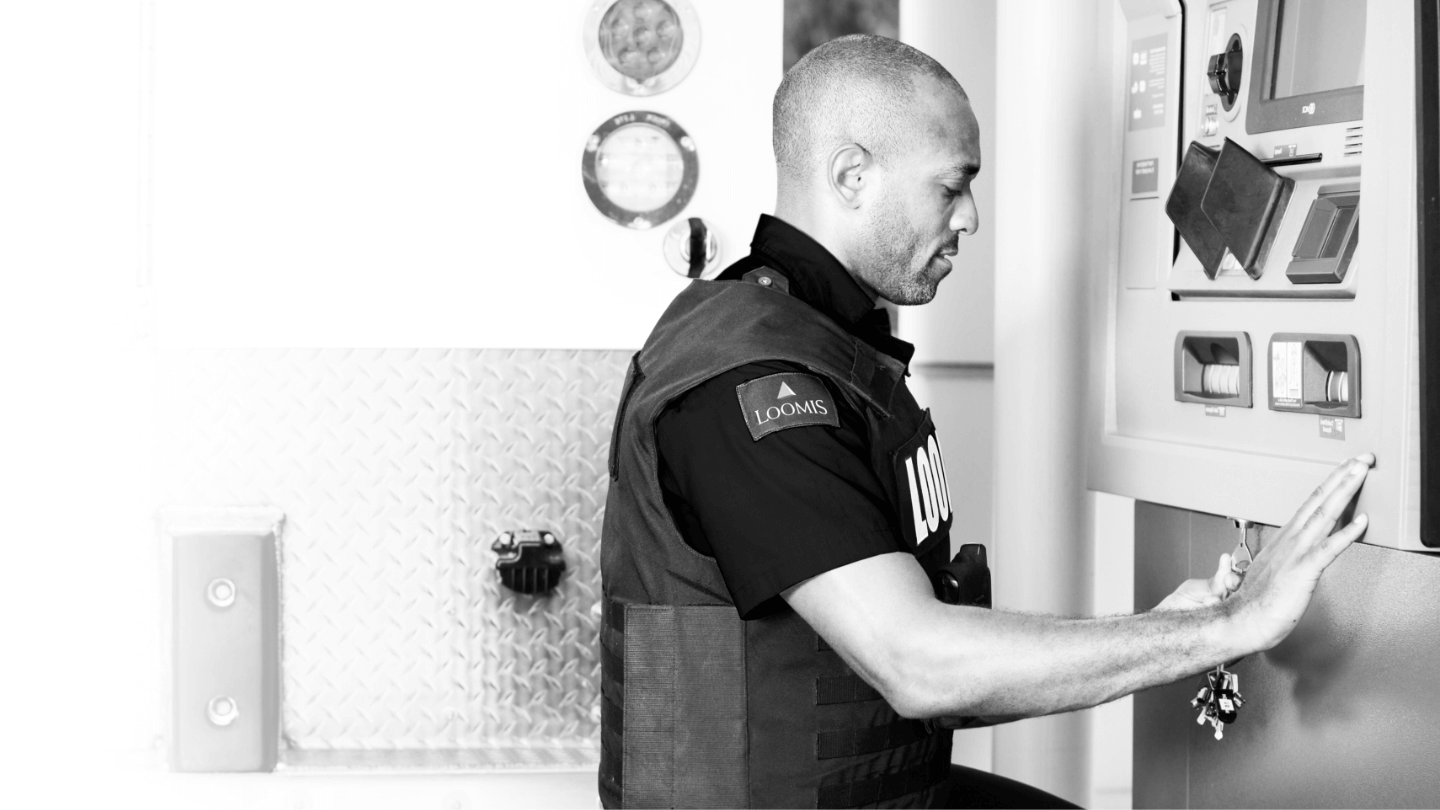How to Keep Employees Safe While Also Saving on Payroll

For months, lockdown orders and heightened guest concerns due to the COVID-19 pandemic have strained the financial situation of most restaurants, while brand leaders struggled to make quick pivots to off-premises dining models. Now, however, as more states allow restaurants to reopen dining rooms, foodservice leaders are focused on how they can implement new operational procedures that not only help the bottom line, but also keep guests and employees safe.
One way restaurants might be able to find relief on both fronts is to make their teams more efficient to save labor costs and improve productivity by automating many low-value back-of-house operations, such as cash handling.
Take Loomis’ SafePoint cash-handling solution, for example. Titan smart safes make it simple for employees to count down their drawers at the end of their shifts. They need only take the difference, which becomes the deposit, type in an individual PIN, and feed cash into the safe, where it remains secure until a courier picks it up, reducing the risk of robbery and internal theft. The restaurant receives provisional bank credit daily for what has been deposited in the safe, even though it is still on the premises. Additionally, management can track all activity through Loomis’ online portal.
“Most employees in restaurants are hourly, and automating cash handling allows managers to optimize scheduling by bringing in one less person when a restaurant typically creates deposits and takes them to the bank,” says Lenny Evansek, Senior Vice President of SafePoint Business Development at Loomis. “It also allows them to have one less employee accountable for drawer counts and saves time by having an automated dual control process.”
This means restaurants can reduce time dedicated to cash counting and preparing deposits so they can spend their shifts with guests, training, inventory, or in the kitchen instead. And by eliminating trips to the bank, restaurants can help reduce the number of touchpoints managers encounter to help keep staff safe.
Additionally, restaurants report turnover rates between 75 and 100 percent, leading to further labor costs as managers must spend time recruiting new team members whose onboarding consumes more human capital. However, this too can be mitigated with the right smart safe solution. For example, SafePoint features training tutorials on the screen within the safe UI, making onboarding simpler. This can reduce training hours for managers, as well as the amount of payroll needed to bring new team members onboard, leading to further labor savings. And with PlatformSync—Loomis’ data service—restaurants can easily report safe activity and cash deposit data back to headquarters in near-real-time, so corporate offices can make decisions based on what’s happening in their stores at that moment.
Franchisors are also looking for ways in which they can support and add more value to their franchisees’ businesses. SafePoint can be used as an enterprise-wide solution offering the collective purchasing power of the entire brand, not just the franchisor or particular franchisee.
“All of these savings add up. The average restaurant can save 45 minutes to two hours a day by adopting cash automation, depending on the restaurant’s AUVs and how far the location is from its banking center,” Evansek says.
By reducing the number of employees needed in-store at a given time, reducing training time, making corporate offices more efficient, and keeping managers in-store where they can oversee operations and interact with guests and teams, restaurants can start to feel some relief from the rising labor costs that make doing business in today’s economy so difficult.
“Restaurant managers have many responsibilities, and cash handling is one of the lowest-value operations, yet it’s one of the most time-consuming when managers have to create deposits and take them to the bank.” Evansek says. “Smart safe solutions like SafePoint allow managers to spend their time on serving customers, recruiting, hiring, interviewing, training, and scheduling employees by keeping them where they can have the most impact—in the store.”
To learn more about how smart safe solutions can help you save hours of payroll each week, visit the Loomis website.
By Peggy Carouthers
Find out how we can help with your cash management.
Contact Us